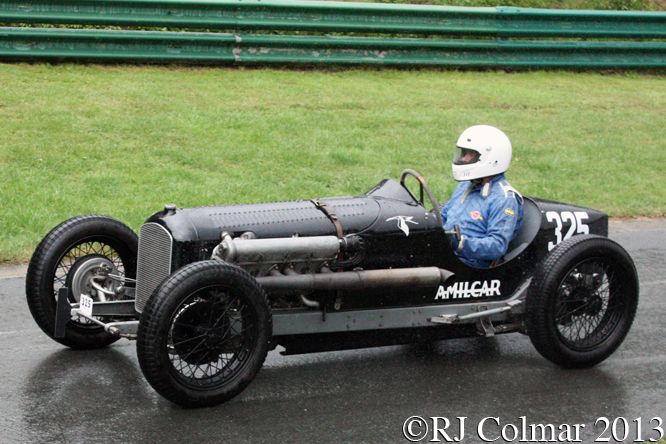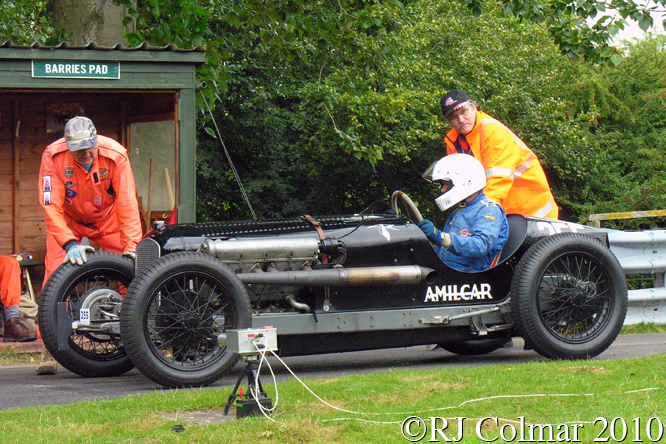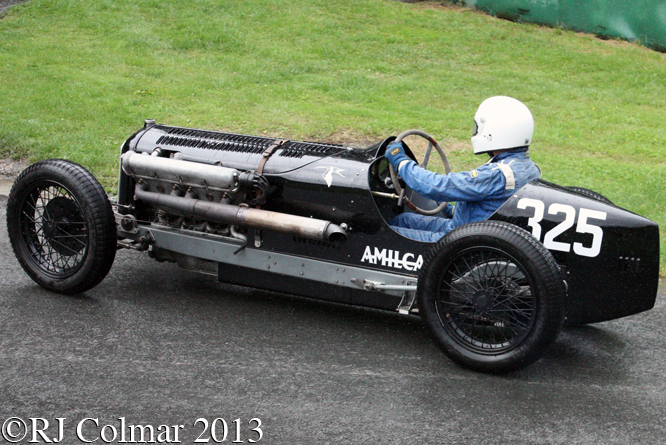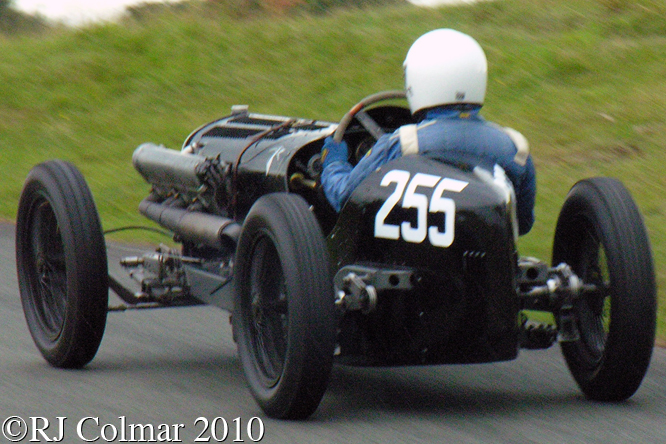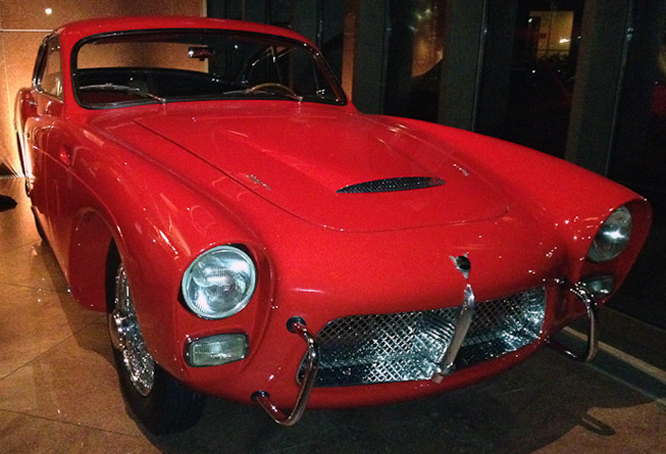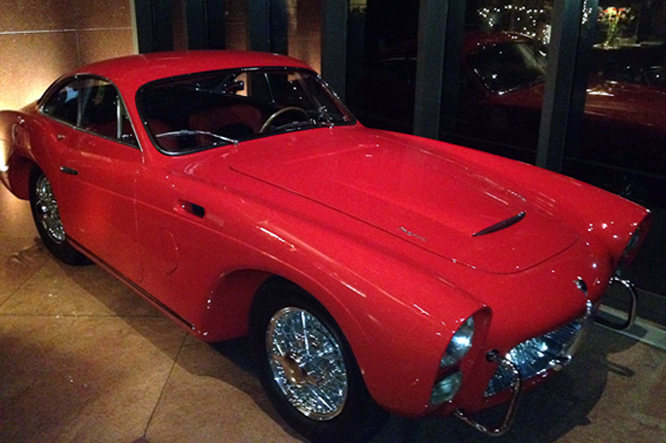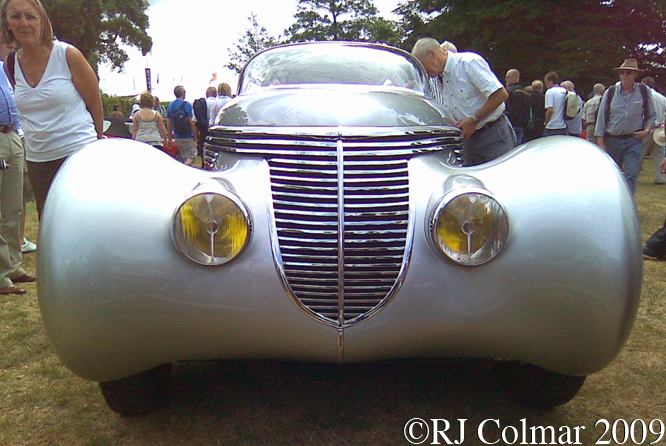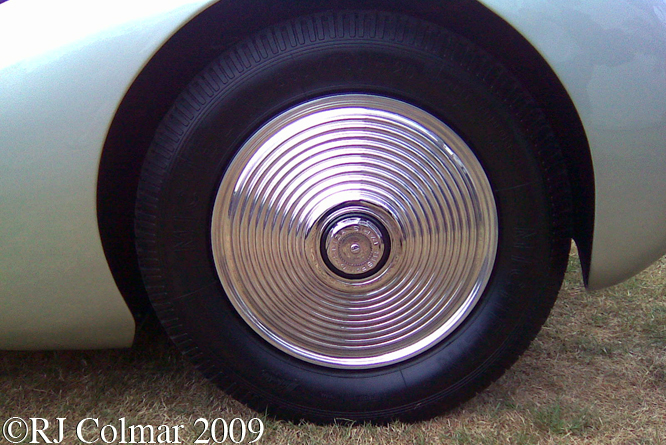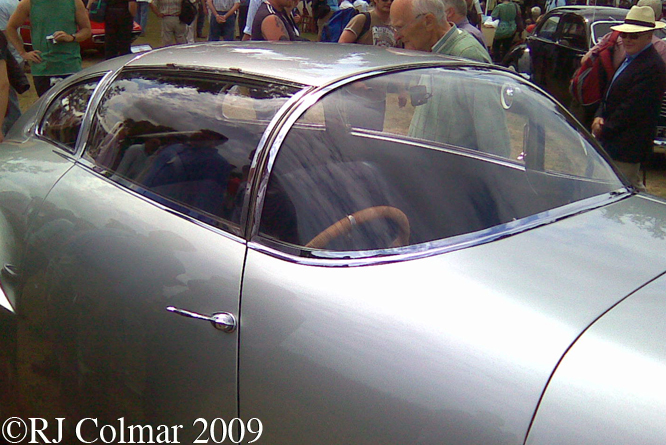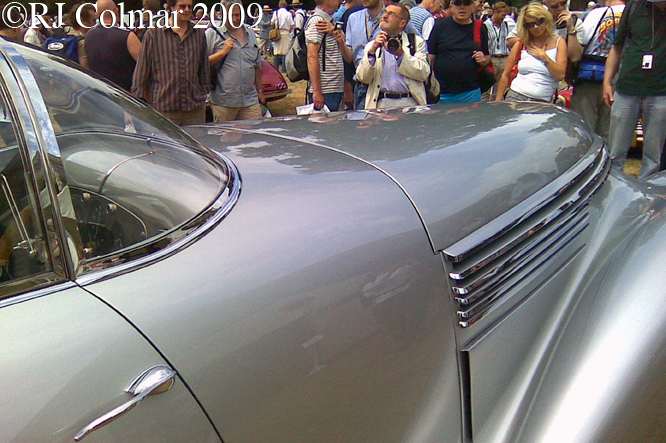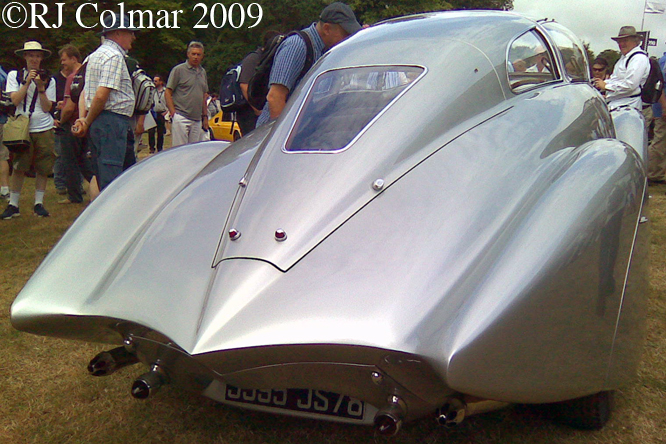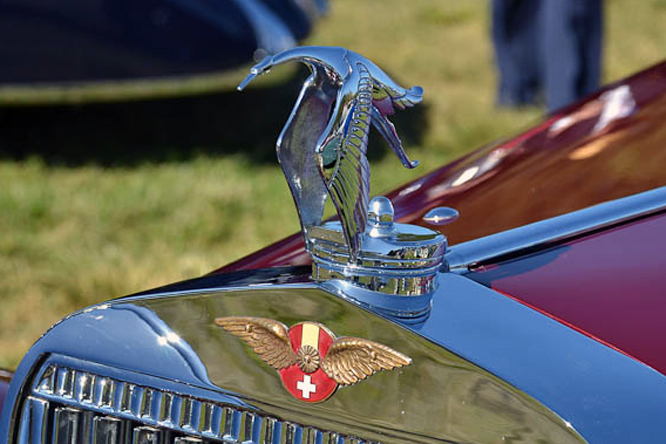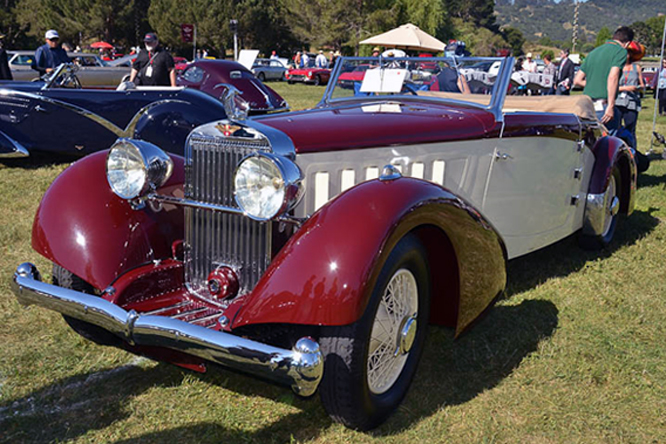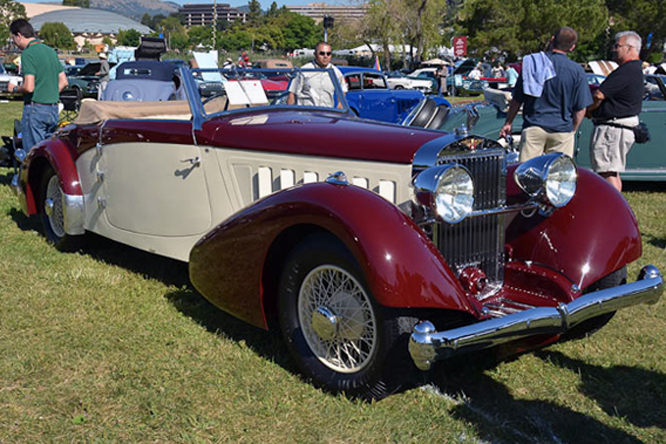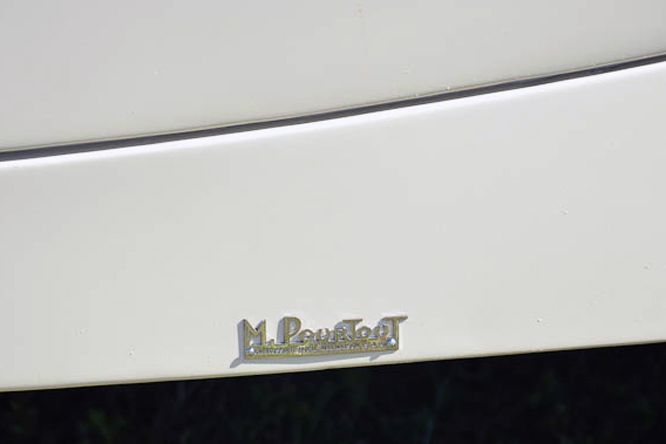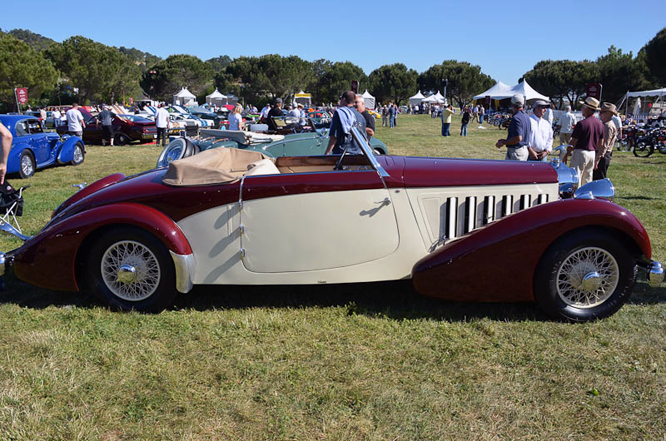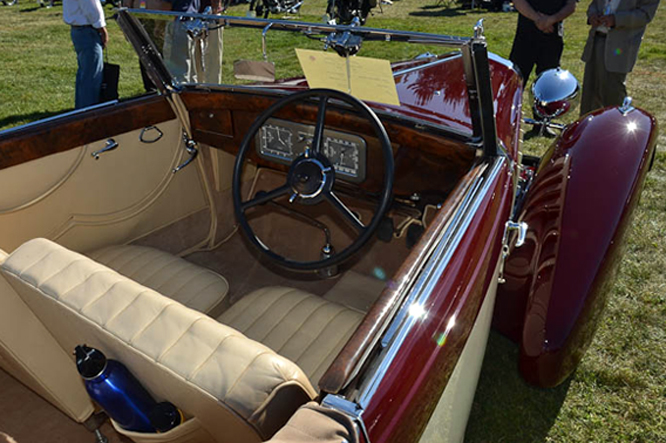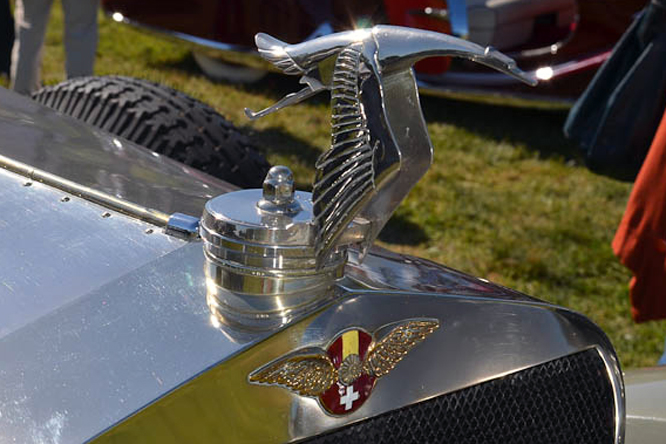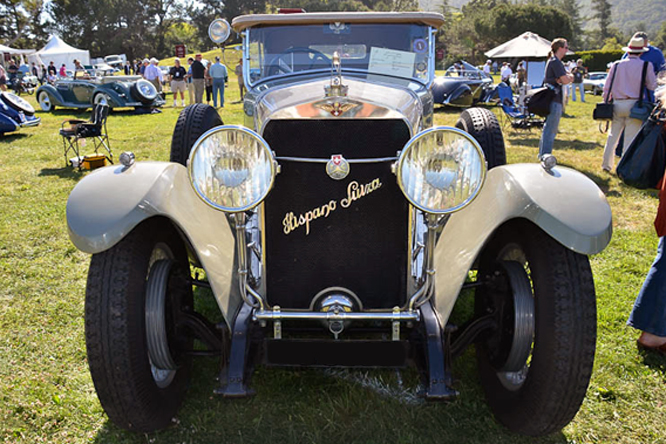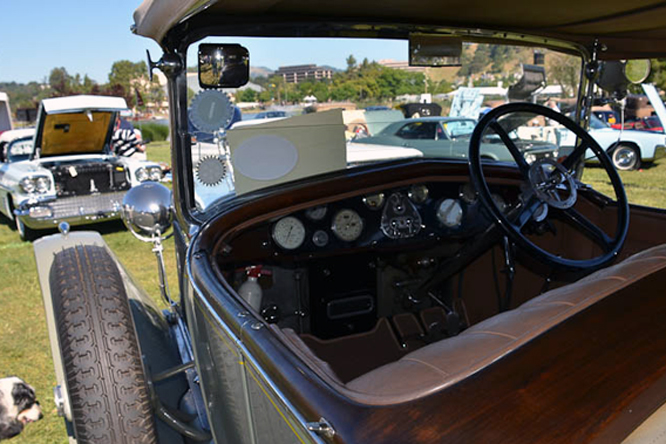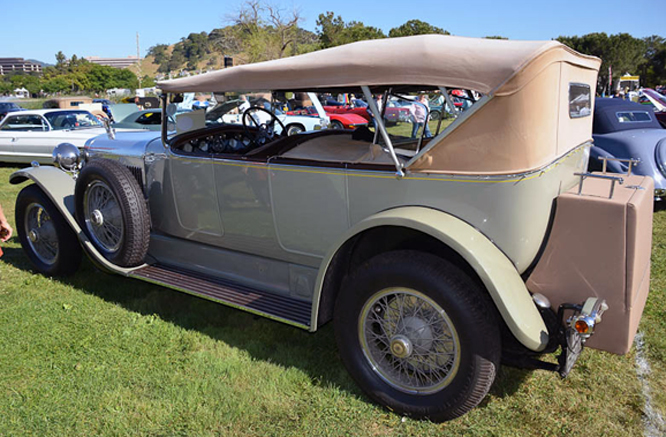Among the hand chosen, to require all the “Adjectives Used To Define Exquisite”, participants gathered at Marin Sanoma Concours d’Elegance for the May weekend 18th – 20th was GALPOT’s Geoffrey Horton and his pristine Jaguar XK 140 FHC SE/MC.
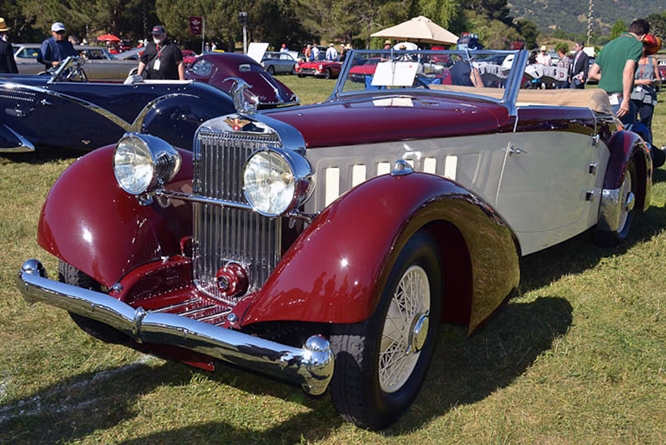
So far as I can tell the vehicle above is a Hispano Suiza K6 built somewhere between 1934 and 1937 with bodywork by Pourtout. 204 K6’s were built in France before hostilities in Spain forced the manufacturer to abandon motor vehicle manufacture focus on the production of aircraft engines.
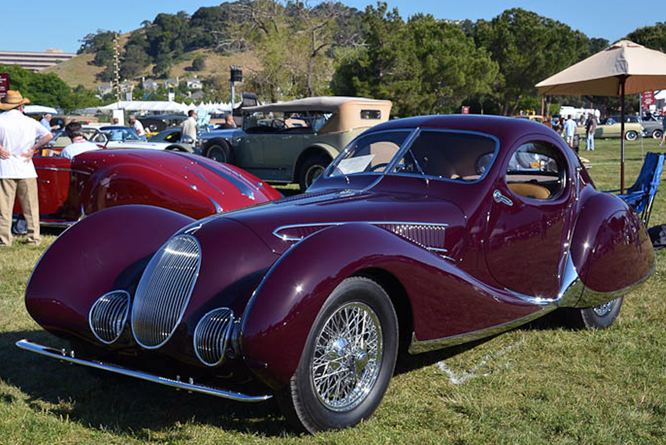
Consecutive three time Le Mans winner, driving Bentleys, Woolf Baranto ordered the Talbot Lago T150C SS with “Goutte d’Eau”, water drop, bodywork by Figoni & Falaschi in 1938. The car belongs to the Mullin Automotive Collection which celebrates the art deco movement at the Mullin Automotive Museum located in Oxnard California.
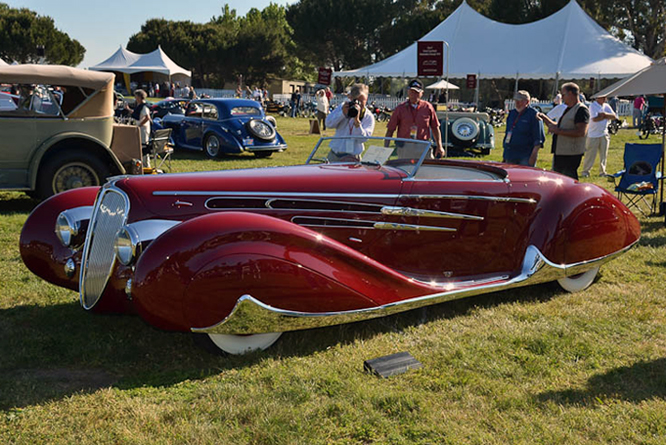
Judged to require all the adjectives to define exquisite at the 2012 Marin Sanoma Concours d’Elegance was the 1939 Delahaye Type 165 Cabriolet again with bodywork by Figoni et Falaschi and belonging to the Mullin Automotive Museum !
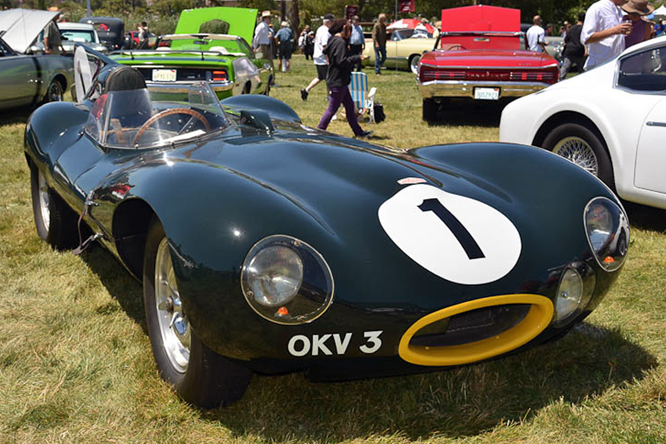
D-Type Jaguar chassis XKC#404 registered OKV 3 was part of a three car works team at Le Mans in 1954 where it retired with gearbox failure, at Rheims Peter Whitehead and Ken Wharton were able to make the car last 12 hours and crossed the line first. The car was acquired by John Love in 1959 and he drove it two victories before Neville Austin bought it drove it to two further victories, giving the car at least four known victories on the African continent.
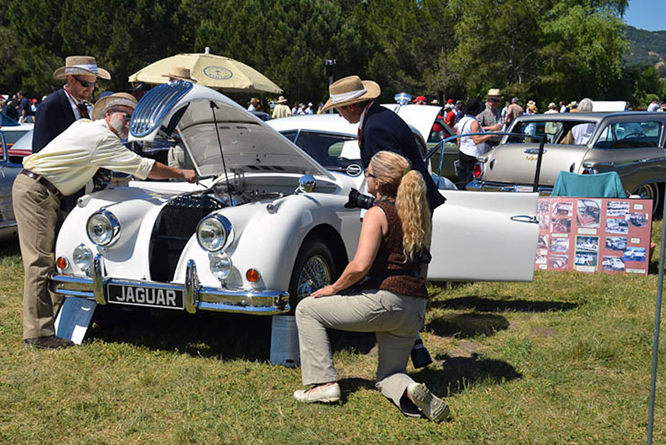
Geoffrey Horton’s 1955 XK140 can be seen getting thoroughly inspected by the Concours d’Elegance judges above, he was awarded second place in the Imports to over $3,500 1946 through 1962 class.
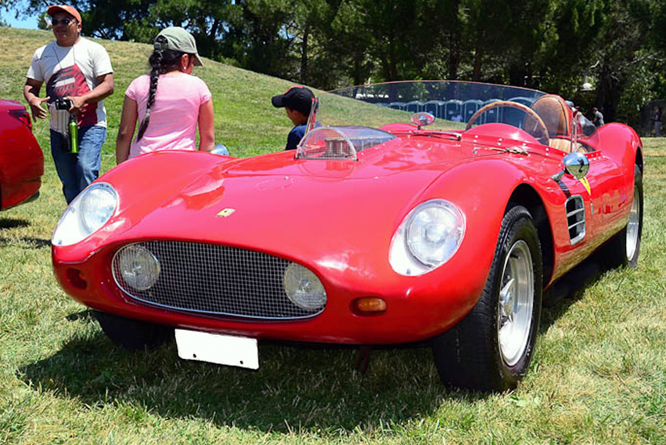
The Ferrari above started life as a silver Ferrari 330 GT which appears to have been sold new to the German importer Auto Becker Gmbh & Co in 1965. Somewhere between 1965 and 2002 the body was replaced with a TR 59/60 replica as seen here.
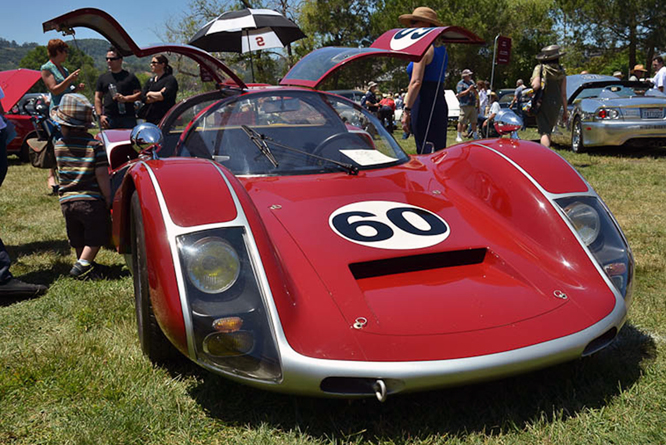
The 1966 Porsche 906 above is credit with numerous class wins from 1966 to 1977 in the hands of drivers 1966 E-modified champion Don Wester, Lew Florence from 1967 – 68, Milt Minter and John Morton in 1970/71 and Harald Kirberg from 1971 to 1977 when the car appeared with a different body in the rejuvinated Can Am series.
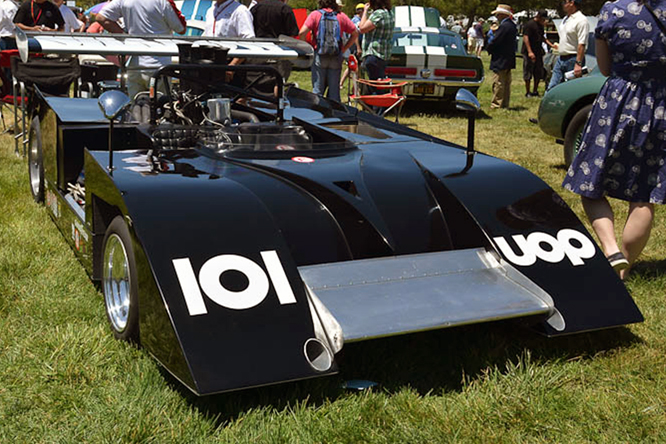
Looking a tad workman like in the company outlined above was the Shadow Mk II above. A one off built for Jackie Oliver to drive in the 1971 Cam Am series. Powered by a 8.1 litre / 494 cui Chaparral prepared Chevrolet V8 Jackie scored a best third place finish at Edmonton when the car appeared painted white with black lettering on all the upward facing surfaces except the rear wing. This car now belonging to Mr Losher won the Closed Wheel Sports Racing Cars class of the Marin Sanoma Concours d’Elegance.
I hope you will join me in congratulating Geoffrey on his second place class award and thanking him for sharing his photographs.
Thanks for joining me on this “All Adjectives Used To Define Exquisite” edition of “Gettin’ a li’l psycho on tyres” and that you will join me again tomorrow when I shall be visiting Middle Barton Garage which is celebrating it’s 25th Anniversary. Don’t forget to come back now !
